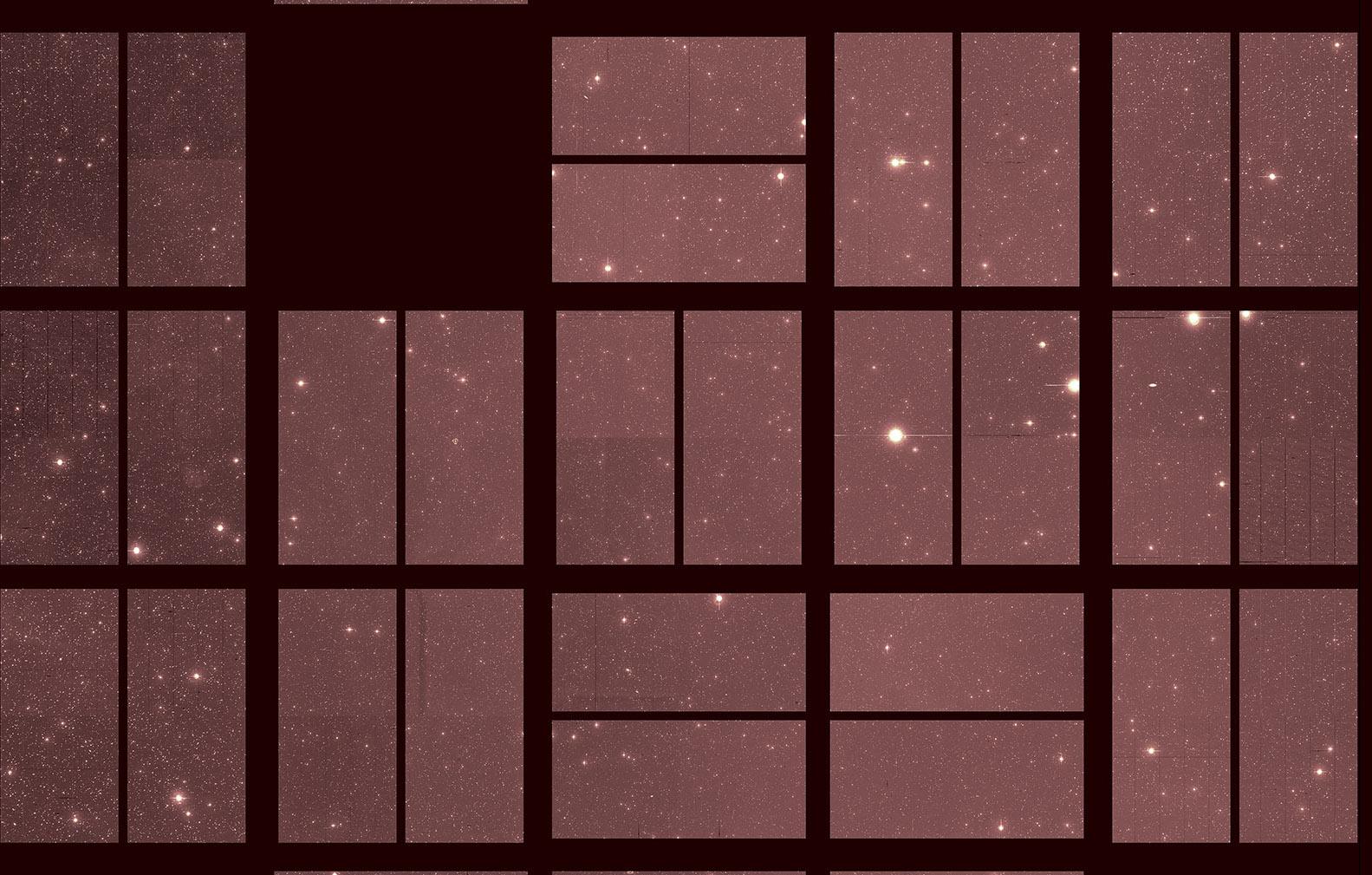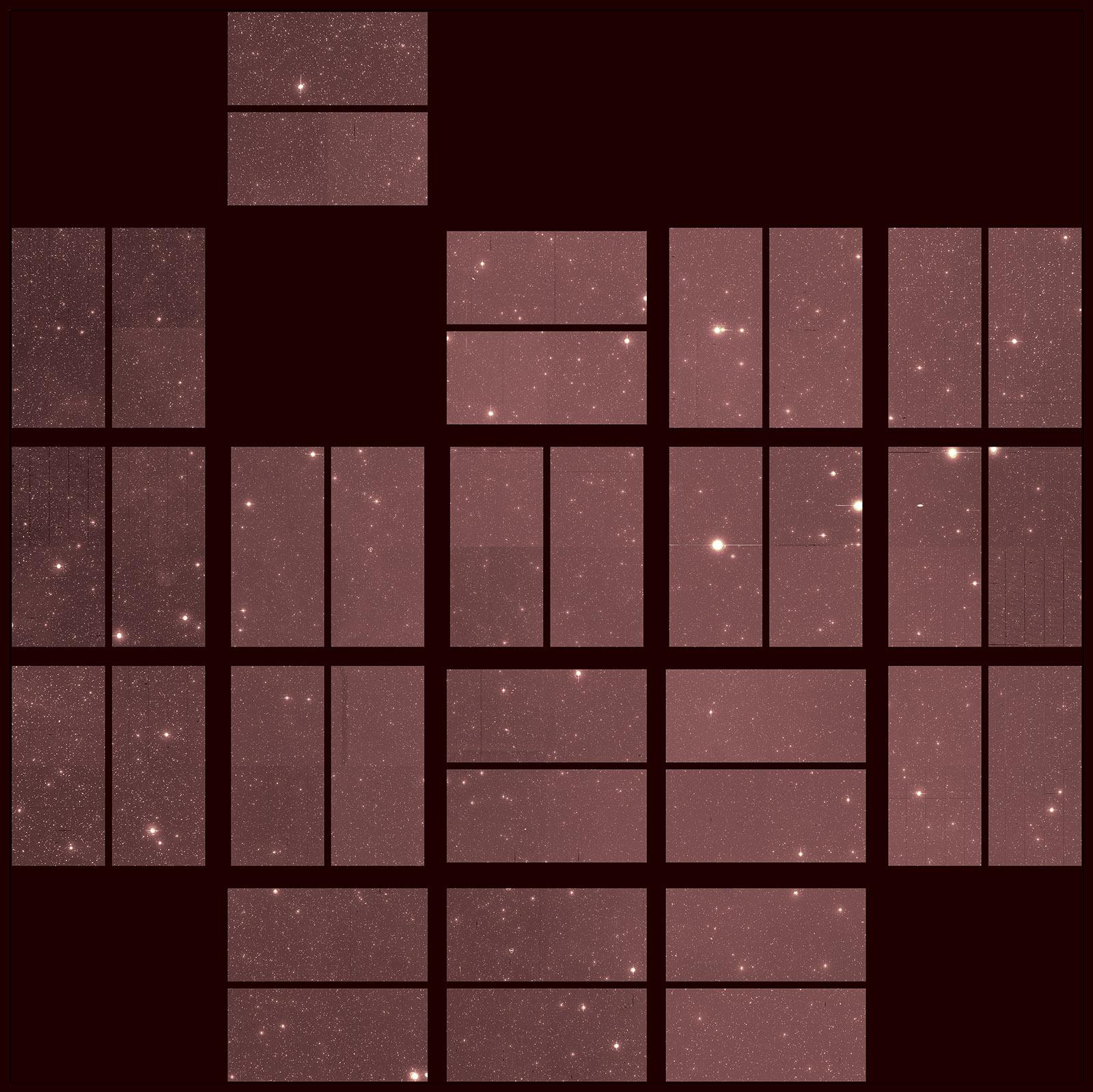Nasa reveals final image Kepler Space Telescope took before it died
Black gaps show where parts of the instruments died over their year-long mission

Nasa has unveiled the last full image the Kepler Space Telescope saw before it shut down forever.
The mission was tasked with taking imagery of the very depths of our galaxy, exploring stars to see if they had planets that could potentially sustain life. But the mission was retired in October, when its fuel finally run out and Nasa moved the telescope into a safe orbit and shut it down.
The image – called "last light", just as the "first light" was taken nearly ten years earlier – closes a mission that has discovered thousands of those distant worlds and brought hope that habitable planets deep in our galaxy could be waiting to be found.
Since Kepler first opened its eye up to space and started looking for those stars, it found more than 2,600 worlds beyond our solar system – proving that planets are far more common than expected and that other places like our own Earth could be lurking out there.
The image also shows some of the effect of those ten years. The blackened gaps at the middle and top of the image are where parts have failed in the camera, but Kepler was designed in a modular way that meant those problems did not affect the rest of the instrument.

The final image came after Kepler's last observation campaign, for which it was pointed towards the constellation Aquarius. Lurking in the image is the TRAPPIST-1 system, which has seven rocky planets, many of which are touted as hopeful second Earths that could support life.
Even though Kepler has been dead for months, it has continued to make discoveries as scientists check through the data it sent back before it shut down. Even as the New Year arrived, scientists found entirely new and strange planets in the data that has been returned – and expect to find many more in the year to come.
And the last moments of Kepler also overlapped with the instrument that replaced it – the Transiting Exoplanet Survey Satellite, or TESS – which is now hunting or yet more planets. That slight overlap means astronomers can compare data from the two spacecraft, helping calibrate and improve the data Nasa will go on to receive.
Join our commenting forum
Join thought-provoking conversations, follow other Independent readers and see their replies
Comments
Bookmark popover
Removed from bookmarks